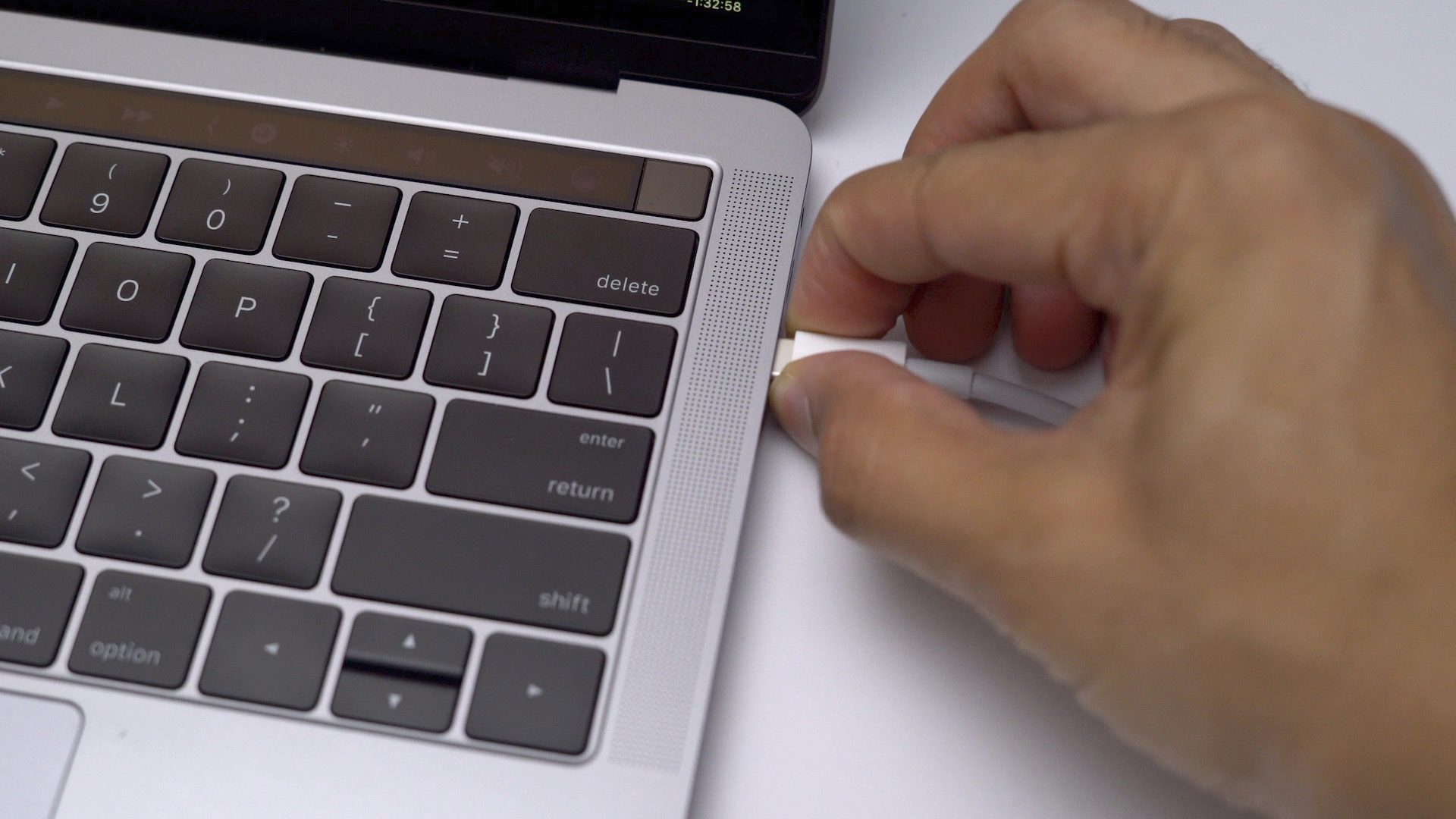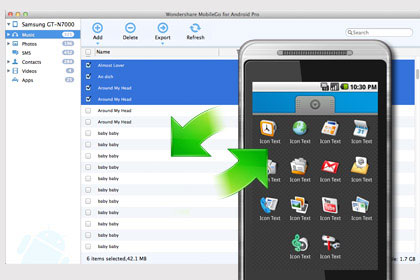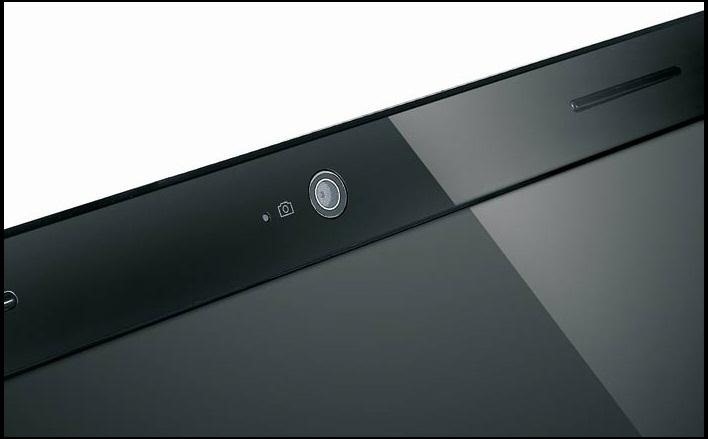
How long can your Mac run before it needs to be recharged? What tips do you know about improving battery life? Today in this post we will share some battery-saving tips to help you extend the your Mac laptop’s battery life as well as the lifespan.
First of all, here are the general tips for all Apple devices:
1. Update to the latest version of software. Apple tend to apply advanced energy-saving technologies in its software updates, so always keep your Mac running the latest, compatible macOS. The current available macOS is High Sierra (10.13).
2. Remove abnormal cases during charging. Certain styles of case may generate excess heat and affect battery capacity. If your device gets hot when charging it, take it out of its case first. That suits for iOS devices, Apple Watch and MacBook.
3. Avoid extreme ambient temperatures. Ambient temperatures higher than 95°F (35°C) can permanently damage battery capacity. Charging the device in high ambient temperatures can damage it further. The comfort zone for MacBook to work best is from 50° to 95° F, and the storage temperature is from -4° to 113° F (-20° to 45° C).
4. Store your device half-charged when you plan to store it in a long term. When you decide to store MacBook long term, do not fully charge or fully discharge the battery. Instead, change it to around 50%. To be specific, if you store the device when its battery is fully discharged, the battery could fall into a deep discharge state, which renders it incapable of holding a charge. Conversely, if you store it fully charged for a long time the battery may lose some capacity, leading to shorter battery life.
Besides, if you plan to store your MacBook for longer than six months, you are suggested to charge it to 50% every six months. And if you charge it after a long time of storage, you may have to wait about 20 minute before you can use it normally.
Now we further talk about the battery-saving tips for MacBook.
5. Adjust the brightness of your screen. When you are using battery power, it is better to dim the screen to the lowest comfortable level to achieve maximum battery life.
6. Turn off Wi-Fi/Bluetooth if you are not using it for now. Wi-Fi and Bluetooth consume power if you keep them on. You can turn Wi-Fi/Bluetooth off in the Wi-Fi/Bluetooth menu in the top menu bar, or via the System Preferences pane.
7. Disconnect peripherals and quit applications not in use. All those things consume your battery so forbid them if you are not using the app and peripherals currently.
8. Plug in and power on your MacBook if you are using it to charge other devices.
To maximize your MacBook’s battery life and lifespan requires the hardware and software to work together. In this post we only involve several battery-saving tips, and you are welcomed to supplement your own experience about boosting battery life.



Comments
Leave a reply